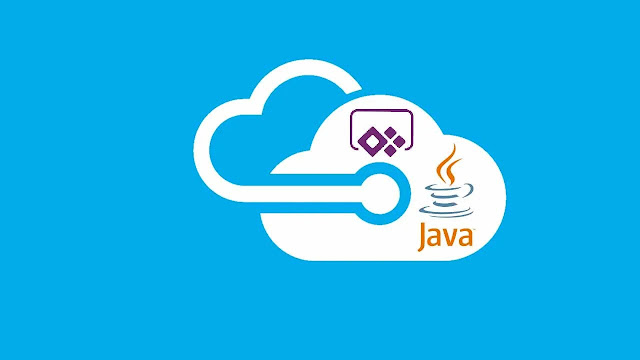In 2021, each month we will be releasing a monthly blog covering the webinar of the month for the Low-code application development (LCAD) on Azure solution. LCAD on Azure is a new solution to demonstrate the robust development capabilities of integrating Low-code Microsoft Power Apps and the Azure products you may be familiar with.
More Info: MS-700: Managing Microsoft Teams
In this blog, I will briefly recap Low-code application development on Azure, how the app was built with Java on Azure, app deployment, and building the app’s front end and user interface (UI) with Power Apps.
What is Low-code application development on Azure?
Low-code application development (LCAD) on Azure was created to help developers build business applications faster with less code, leveraging the Power Platform, and more specifically Power Apps, yet helping them scale and extend their Power Apps with Azure services.
For example, a pro developer who works for a manufacturing company would need to build a line-of-business (LOB) application to help warehouse employees track incoming inventory. That application would take months to build, test, and deploy. However, with Power Apps’ it can take hours to build, saving time and resources.
However, say the warehouse employees want the application to place procurement orders for additional inventory automatically when current inventory hits a determined low. In the past, this would require another heavy lift by the development team to rework their previous application iteration. Due to the integration of Power Apps and Azure, a professional developer can build an API in Visual Studio (VS) Code, publish it to their Azure portal, and export the API to Power Apps integrating it into their application as a custom connector. Afterward, that same API is re-usable indefinitely in the Power Apps’ studio for future use with other applications, saving the company and developers more time and resources.
Java on Azure Code
In this webinar the sample application will be a Spring Boot application, or a Spring application on Azure, that is generated using JHipster and will deploy the app with Azure App service. The app’s purpose is to catalog products, product descriptions, ratings, and image links, in a monolithic app. During the development of the API Sandra used H2SQL, and in production, she used MySQL. She then adds descriptions, ratings, and image links to the API in a JDL studio. Lastly, she applies the API to her GitHub repository prior to deploying to Azure App service.
Deploying the Sample App
Sandra leverages the Maven plug-in in JHipster to deploy the app to Azure App service. After providing an Azure resource group name due to her choice of ‘split and deploy’ in GitHub Actions, she only manually deploys once, and any new Git push from her master branch will be automatically deployed. Once the app is successfully deployed, it is available at myhispter.azurewebsites.net/V2APIdocs, where she copies the Swagger API file into a JSON, which will be imported into Power Apps as a custom connector.
Front-end Development
The goal of the front-end development is to build a user interface that end-users will be satisfied with, to do so the JSON must be brought into Power Apps as a custom connector so end users can access the API. The first step is to import the open API into Power Apps; note that much of this process has been streamlined via the tight integration of Azure API management with Power Apps.
After importing the API, you must create a custom connector and connect that custom connector with the Open API the backend developer built. After creating the custom connector, Dawid used Power Apps logic formula language to collect data into a dataset, creating gallery display via the collected data. Lastly, Dawid will show you the data in a finalized application and walk you through the process of sharing the app with a colleague or making them a co-owner. Lastly, once the app is shared, Dawid walks you through testing the app and soliciting user feedback via the app.
Source: microsoft.com






0 comments:
Post a Comment